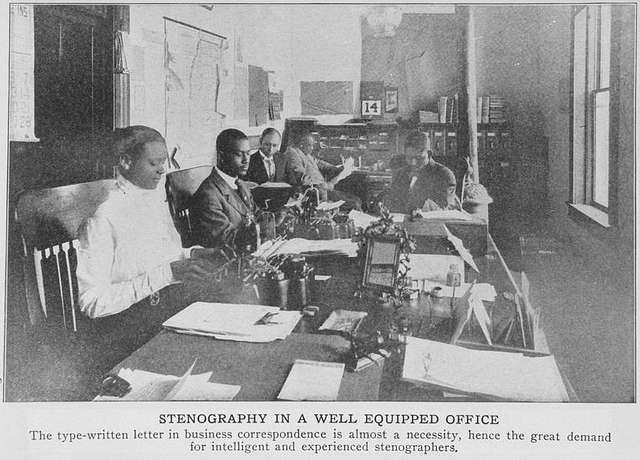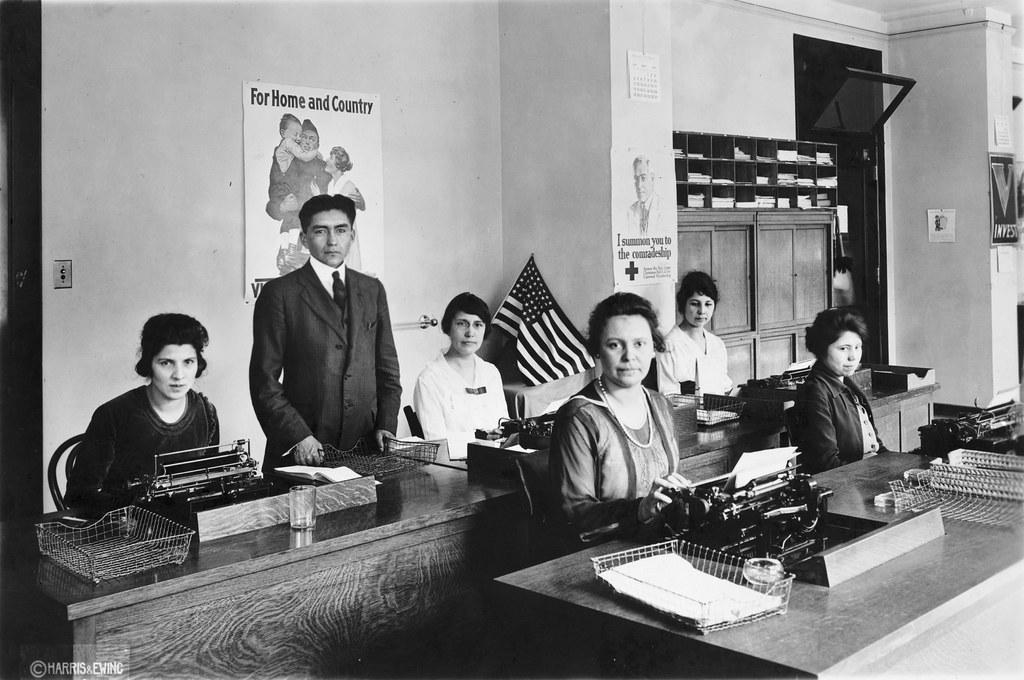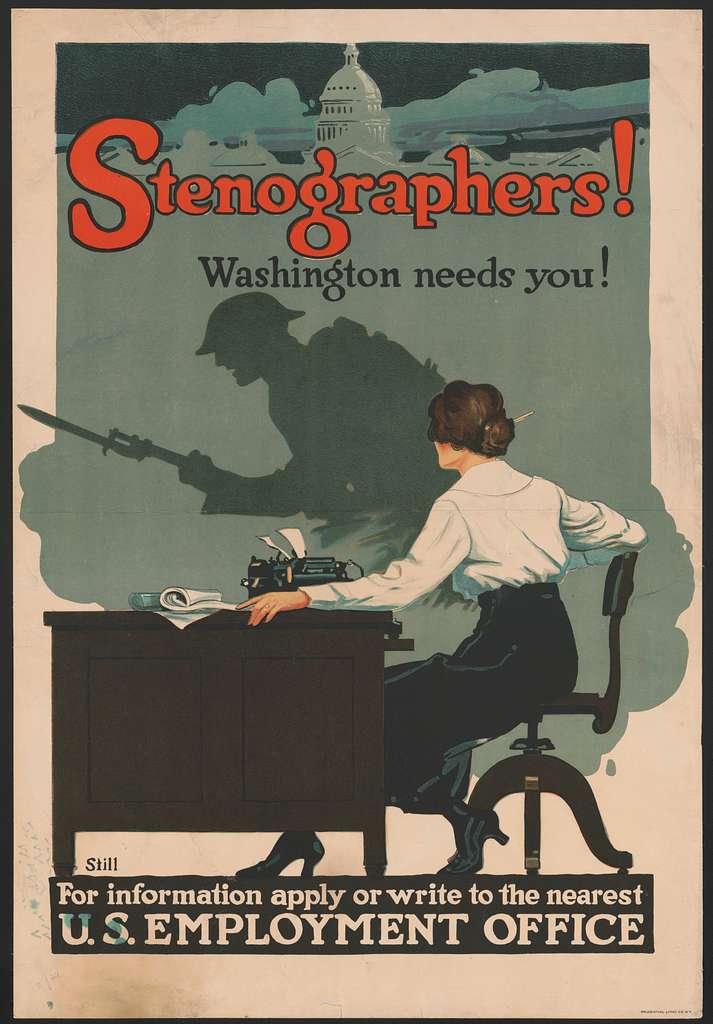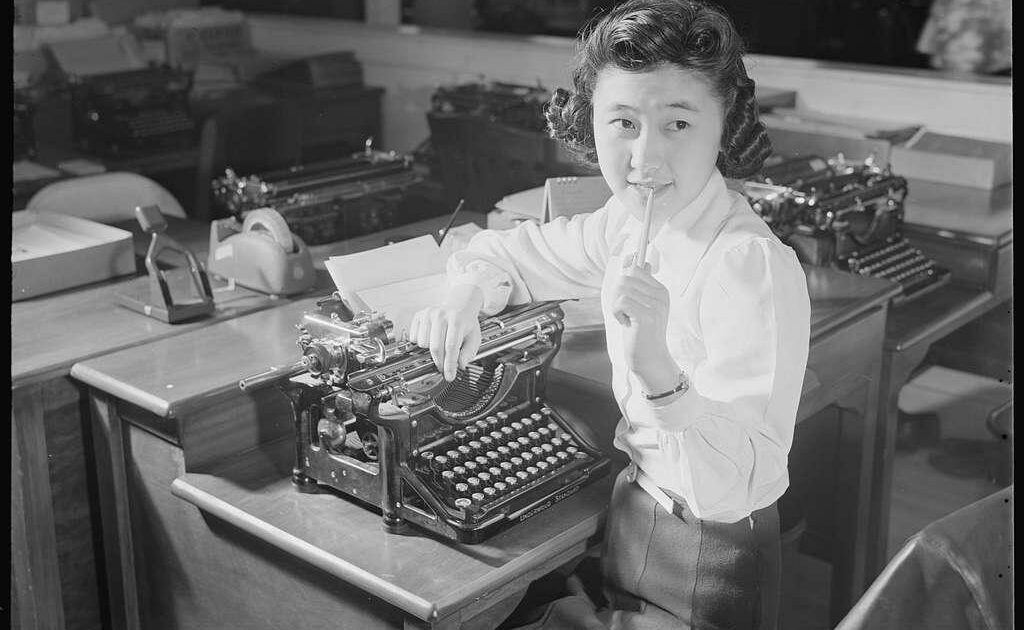In a world where information whizzes through the airwaves at lightning speed, there exists a silent hero, capturing every word uttered with ninja-like precision: the stenographer. With nimble fingers dancing across a mystifying keyboard, these unsung wordsmiths transcribe the symphony of conversations, speeches, and meetings into a harmonious melody of ink on paper. Their work, vital and mysterious, often hidden amidst the chaos, has the power to preserve history, unravel mysteries, and connect the dots of human communication. Let us peel back the shroud and delve into the enigmatic realm of stenographer work, where every word whispered becomes a captivating tale waiting to be unravelled.
The Art of Stenography: Mastering the Craft of Accurate and Swift Transcription
As a stenographer, your work goes beyond just writing down what you hear. It is an art that requires mastering the craft of accurate and swift transcription. With your skillset, you play a crucial role in various industries, from courtrooms and conference rooms to television studios and live events. Embracing the art of stenography means becoming an essential part of the communication process, ensuring the preservation of crucial information that others rely on.
One of the key attributes of a successful stenographer is accuracy. You are trained to capture every word, ensuring the integrity and reliability of the transcriptions. Your keen attention to detail allows you to accurately transcribe speeches, meetings, and legal proceedings. The ability to listen, comprehend, and swiftly transcribe complex information is a rare talent, and one that should be honed through practice and continuous learning.
Mastering the Art of Stenography
- Develop a strong foundation: Start by mastering the stenotype machine and building your keyboarding skills. Spend time practicing and familiarizing yourself with the keyboard layout to ensure smooth and swift transcription.
- Improve your vocabulary: Enhance your understanding of various subjects by expanding your vocabulary. A broader vocabulary will allow you to accurately transcribe technical terms and jargon specific to different industries.
- Continuing education: Attend workshops, seminars, and online courses to stay updated with the latest stenography techniques and advancements. Learn from experienced professionals and broaden your knowledge base.
- Time management: Swift transcription is a valuable skill in the demanding field of stenography. Hone your time management abilities to meet tight deadlines without compromising accuracy.
In the world of stenography, precision and speed go hand in hand. It is not just about capturing words, but also conveying the tone, inflection, and context accurately. A stenographer’s work is an art form that requires dedication, practice, and a passion for capturing the spoken word with unwavering accuracy.

Unveiling the Crucial Role of Stenographers in Legal Proceedings
Stenographers often go unnoticed in the grand scheme of legal proceedings, yet their role is undoubtedly crucial. With lightning-fast typing skills and an unwavering attention to detail, these unsung heroes have the power to capture every word, nuance, and pause that takes place in the courtroom.
One of the key responsibilities of a stenographer is to produce an accurate verbatim record of everything that is said during a trial, deposition, or any other legal proceeding. They skillfully transcribe the spoken word using a specialized machine called a stenotype, which allows them to type at incredible speeds and shorthand-like techniques. This invaluable skill ensures that every statement, objection, and piece of evidence is meticulously documented, forming an unbiased and reliable record of the proceedings.
- Stenographers play an integral role in maintaining the integrity of legal proceedings by providing an objective and precise account of what transpires in the courtroom.
- Their ability to transcribe rapidly and accurately enables attorneys to review, analyze, and reference testimonies and statements with the utmost efficiency.
- Stenographers also contribute to the accessibility of justice by providing real-time closed captioning services for individuals with hearing impairments.
Delving into the complex world of legal proceedings, it becomes evident that stenographers possess an invaluable skill set and play a pivotal role in the pursuit of justice.
| Name | Skills | Role |
|---|---|---|
| John Smith | Lightning-fast typing skills, exceptional memory, attention to detail | Transcribing proceedings, providing closed captioning services |
| Jane Doe | Expertise in shorthand techniques, proficiency in stenography machine operation | Producing accurate court records, ensuring accessibility through closed captioning |

Essential Skills for Stenographers: A Roadmap to Success
Stenography, the art of capturing spoken words in written form, requires a unique skill set that sets stenographers apart from other professionals. To embark on a successful career as a stenographer, mastering essential skills is crucial. Let’s explore some of these skills that serve as a roadmap to success in the world of stenography.
1. Keen Listening: Stenographers must possess exceptional listening skills to accurately transcribe spoken words. Paying attention to every detail, nuance, and inflection is vital to capture the essence of what is being said.
2. Typing Proficiency: Swift and accurate typing is paramount in stenography. By honing their typing skills, stenographers can keep up with fast-paced conversations and ensure accurate transcription.
3. Familiarity with Shorthand: Stenographers often utilize shorthand systems to expedite their transcription process. Learning and mastering shorthand symbols and techniques empowers stenographers to transcribe efficiently and effectively.
4. Concentration and Focus: Stenographers need to maintain unwavering concentration during lengthy testimonies, court proceedings, or meetings. The ability to focus for extended periods without distractions is crucial for capturing every word spoken.
5. Time Management: Effective time management is crucial for stenographers to meet tight deadlines and stay organized. By prioritizing tasks and allocating time efficiently, stenographers can maintain a steady workflow and ensure timely delivery of their transcripts.
6. Technology Literacy: Embracing technological advancements is vital for stenographers to stay current in their field. Familiarity with specialized software, transcription tools, and equipment enhances their efficiency and accuracy.
Mastering these essential skills sets a firm foundation for stenographers’ success. By continually refining their abilities and staying abreast of industry trends, stenographers can thrive in their profession and continue to excel in capturing the spoken word with utmost precision.
Advanced Stenography Techniques: Streamlining Efficiency and Accuracy
Stenography, the art of transcribing spoken words into written form, has come a long way over the years. With advancements in technology and the increasing demand for quick and accurate transcription, stenographers have had to evolve their techniques to meet these challenges. In this post, we will explore some advanced stenography techniques that can streamline efficiency and improve accuracy.
One technique that stenographers can utilize is the implementation of real-time stenography software. This software allows stenographers to transcribe speech in real-time, resulting in faster and more efficient transcription. With the ability to convert stenographic notes into written text almost instantaneously, stenographers can keep up with fast-paced conversations and capture every word with precision.
- Word Expansion: Stenographers can create shortcuts for frequently used words or phrases, allowing for quicker transcription.
- Conflicts Resolution: By utilizing context clues and specialized dictionary software, stenographers can resolve conflicts, ambiguities, or homonyms in their stenographic notes.
- Speaker Identification: Stenographers can take advantage of voice recognition technology to automatically assign speaker identification tags during transcription.
By implementing these advanced techniques, stenographers can significantly enhance their workflow, increase productivity, and ensure greater accuracy in their transcriptions. Streamlining their efficiency allows stenographers to keep up with the demands of today’s fast-paced world, where time is of the essence.
To Wrap It Up
In a world where every word holds power, where the finesse of capturing thoughts and transforming them into written eloquence is revered, the unsung heroes of communication emerge: stenographers. These masters of shorthand, guardians of verbatim and conduits of the spoken word, add a touch of intrigue to the art of transcription. From the hallowed halls of courtrooms to the buzzing offices of multinational corporations, their fingers dance across the keys, carving silent symphonies of transcription. Behind their seemingly invisible presence lies a dedication to accuracy, an unyielding commitment to the preservation of spoken words, and a passion for immortalizing the ephemeral in ink.
As we delicately unravel the mysteries of this seductive profession, we can’t help but admire the brilliance and precision that every stenographer possesses. With keystrokes as swift as the flight of a hummingbird and an ability to decipher even the most convoluted dialogue, they breathe life into the realm of transcription. Every whispered murmur and raised inflection finds its home within the carefully constructed shorthand language that is their playground.
But let us not mistake their art for a mere mechanical exercise, for the stenographer’s work is a melange of artistry and profound focus. Their unflinching attention to detail ensures that no word, no matter how seemingly insignificant, is left unrecorded. Each line of text is a testament to their unwavering dedication, capturing the essence of the speaker and the emotional nuances that linger in the air. Their fingers, nimble and sure, serve as bridges between spoken and written language, connecting worlds with the power of words.
In today’s digital age, where the cacophony of information threatens to drown us all, the role of the stenographer remains steadfast. They are the silent architects of history, faithfully and impartially chronicling every pivotal moment. They bear witness to trials, negotiations, and meetings that forever shape our world, their pen dancing across the page, etching permanence onto fleeting moments.
So, as we bid farewell to the realm of stenographer work, let us remember the quiet brilliance that lies within their realm. The stenographer, the true wordsmith, the unsung hero of communication, connects us through their craft, creating an enduring bridge between worlds spoken and worlds written. As we carry forth in our own pursuits of language, we pay homage to their commitment, their precision, and their ability to weave symphonies of speech that defy the laws of time.

